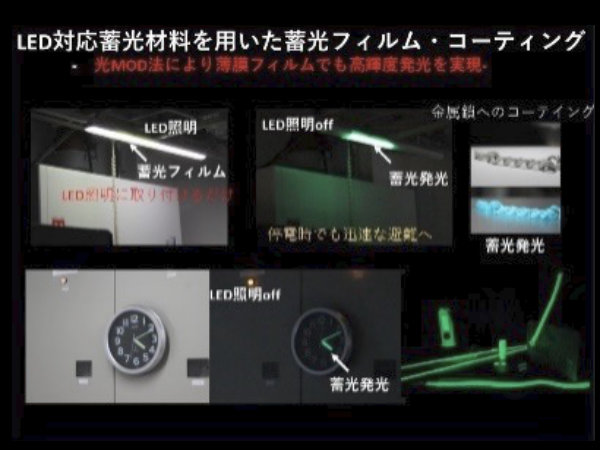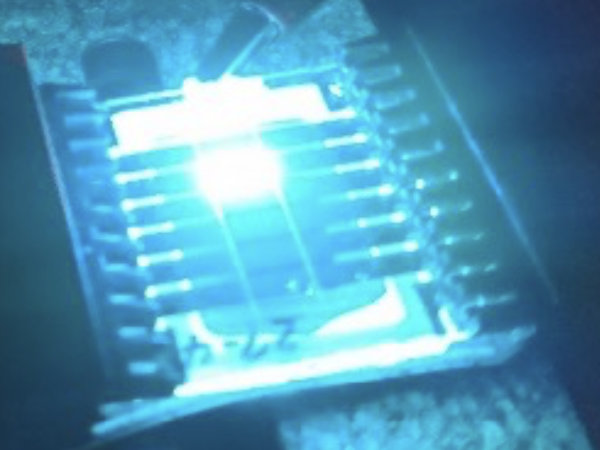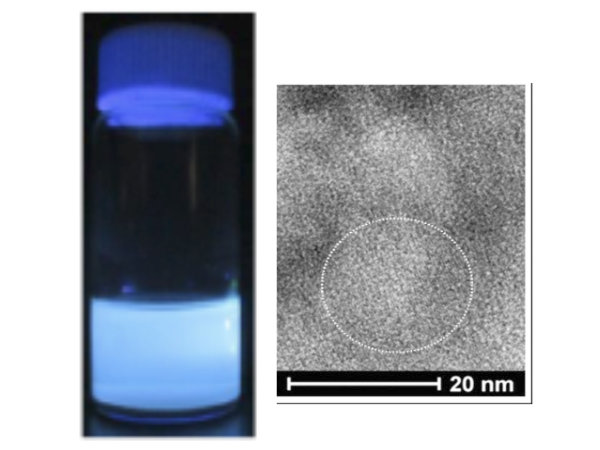Theme
Development of Flexible Resistive Elements
- LED Phosphorescent Film

- Flexible OLED

- Semiconductor Particles

Research keywords
Flexible, Light emitting material, Light emitting device, Quantum dot
Research Objectives
In the research and development of green devices aimed at building a low-carbon society and a safe and secure society, we are conducting research aimed at developing innovative manufacturing processes that enable high functionality (high luminance, long afterglow, multicolor) of phosphor materials and components and ceramic coatings with high functionality and high durability on a variety of materials. The optical MOD method is a new process for the production of ceramics coatings. In particular, the optical MOD method is a coating technology that does not use conventional mixing of resin and phosphor, thus enabling components with the characteristics of high brightness, high durability and easy recycling.
Research Results
We have developed high-brightness white phosphors, red phosphorescent materials, phosphorescent materials which compatible with LED, and its coating technology for various parts. It can be applied to various resins, metals, and ceramics materials, such as LED lighting covers, coatings on metal chains, and guardrails. And, we developed high-luminous efficiency-OLED, and blue light emission by QLED base from InGaN QD material.
Links(external publications, patents, related news, etc.)
- Japanese Patent No. 5697085 (Tetsuo Tsuchiya, Tomohiko Nakajima, Toshiya Kumagai))
- Japanese Patent No. 6292684 (Tetsuo Tsuchiya, Yuko Uzawa, Iwao Yamaguchi, Tomohiko Nakajima, Takumi Higa)
- Japanese Patent Application No. 2019-196196 (Tetsuo Tsuchiya, Yuko Uzawa, Iwao Yamaguchi, Junichi Nomoto, Tomohiko Nakajima, Tadahiko Hirai)
- “Development of Next-Generation Communication Components by Photoreaction Process”, Tetsuo Tsuchiya, Tomohiko Nakajima, and Yuko Uzawa, J. Jpn. Soc. Color Mater., 93, 374 (2020);doi: 10.4011/shikizai.93.374


